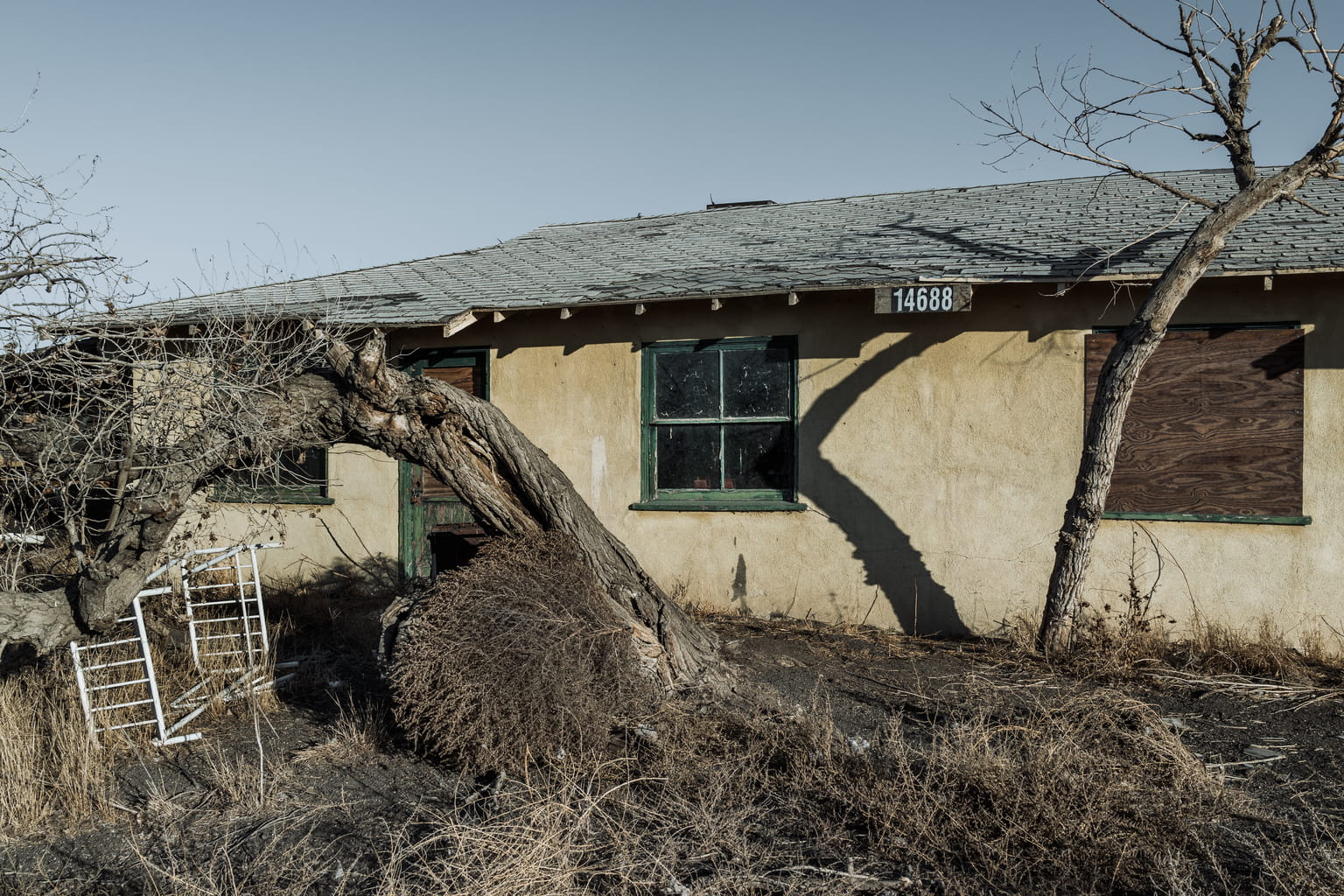Genetics of Place
Sixty-five million years ago, where the San Joaquin Valley now sits, granite slammed into granite, shifted and pushed its way up through the earth’s surface, forming mountains and creasing the land at the base of those towering peaks, creating a place for rivers to flow with runoff and sediment. Within that basin, one of the most fertile valleys on the planet was formed.


A series of tectonic processes molded and remolded the underlying structure of the plates that held the soil in its palm. A repository of rocks filled the inland sea, still nutrient-rich with marine and Paleozoic sediments. That from before imprints on that which is to come, even in geology.
Bruce Haley spent his formative years on a small ranch in the southwestern portion of the San Joaquin Valley, in an area between Lemoore and Riverdale known as the Island District. Not the sort of young man who was easily contained indoors (setting a pattern that would last a lifetime), he ran the land, rode horses and dirt bikes across the fields, and grew up.

The land holds memories and footsteps that, while washed away or covered up with new growth, or pavement, or crops, are still there underneath it all. Somewhere.


Haley has walked a lot of earth, and won awards for the way his camera accompanied him along the way, from Burma to Romania to Nevada, where it’s possible to wander and never be found. He has anchored his life in the land, now under vast and unpredictable sky in another valley, this time in the far northeastern corner of California.


You reach a certain age and the inventory of experience—of people who have passed through, some staying, some not—and of plans made and lost and seen through is a long one. There is an inevitable culling, and looking back and then forward and then back again, reorienting, reorganizing, realigning to correct the dead ends and roadblocks on the map we began drawing of ourselves back in childhood.
It’s difficult, perhaps the hardest, fiercest choice of all, to look at the truth. Because truth changes, sometimes daily, and it’s exhausting to keep up with the contextual shifts and altered meanings when we see more of what surrounded us, from parents who we hope tried their best, to the reconciling of our own mistakes and misjudgments, all of which stack and accumulate to land us exactly right where we are. It could be worse, it could be better. And that’s the truth.


The truth of the San Joaquin Valley is crowded cities, strip malls, abandoned buildings, farm debt, and dust. It’s also still fertile with Class 1 soil, and the major roadways buzz with truck traffic carrying massive amounts of agricultural products that feed the rest of America. It’s corporate farms and big money, it’s small farms and dairies struggling to survive, it’s poverty. It’s generations of home and family, it’s migration out and away, and immigration law ensnarement. And that’s the truth.
We humans and our history are riddled with dichotomies; we spend the years of our lives reconciling while navigating that space between the good and the bad, the sad and the happy, the dreams and realities.
**** Read the rest of Kirsten Rian's essay in Bruce Haley's Home Fires Vol. I ****
We humans and our history are riddled with dichotomies; we spend the years of our lives reconciling while navigating that space between the good and the bad, the sad and the happy, the dreams and realities.
**** Read the rest of Kirsten Rian's essay in Bruce Haley's Home Fires Vol. I ****


